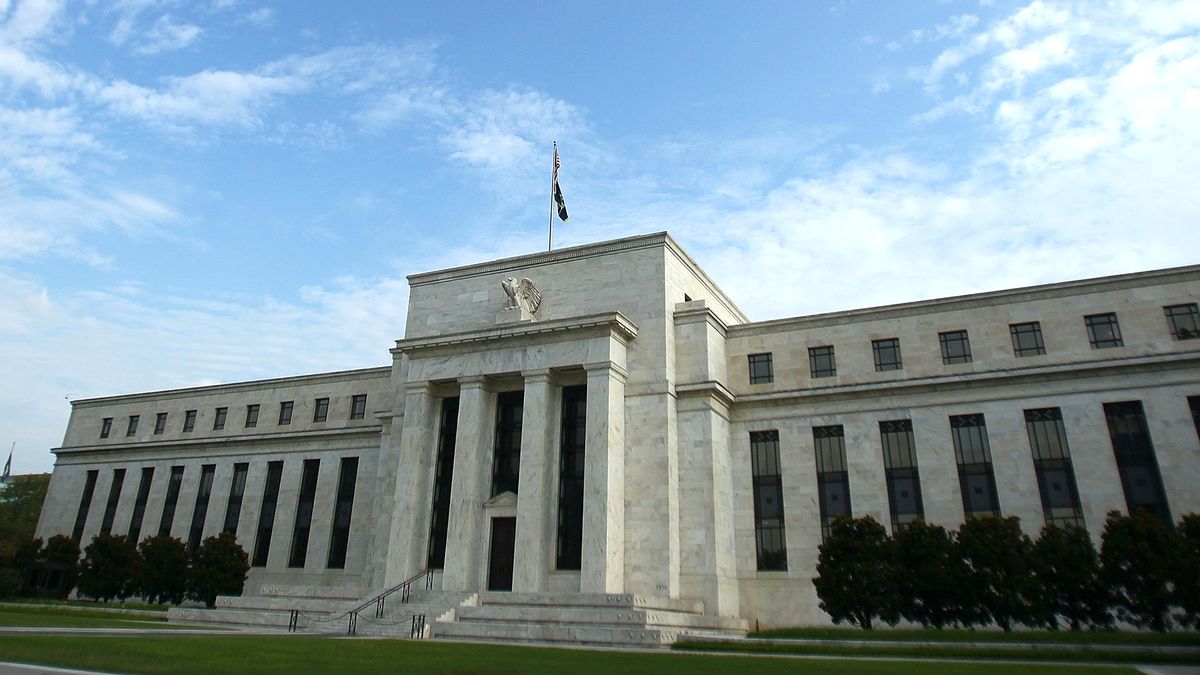The Federal Reserve (FED), for example, raised its rates from a minimum range of 0.00% to 0.25%, to one of 4.25% to 4.50% this last monthwith seven raises rates from March to this month of December.
Analogously, the European Central Bank (ECB) raised its rate five times, modifying upwards that of financing operations from 0.25% to 2.50%, the deposit from 0% to 2.75%, and the loan facility from 0.75% to 2%, the highest level since the end of 2008.
All of this -added to particular situations such as difficulties in the China real estate market or the crisis in the British pension funds in September due to the massive sale of public debt- led to a rise in defaults throughout the year.
Only in the United States distressed debt -understood as the one that entered into default or is in danger of entering said rating- jumped 300% in the last 12 monthsaccording to estimates by the Bloomberg agency.
Meanwhile, the ratios of leverage -measure used by financial institutions to measure risk- reached a record in some cases.
According to some analysts, this strong growth in troubled debt -au$650 billion worldwide- puts the global corporate credit market under the greatest pressure since the 2008 financial crisis.
“Given interest rate levels, it is very difficult for the cycle of defaults not to continue its course“, warned Will Nicollchief investment officer at UK investment manager M&G.
The provisions for bad debts in banks of great importance in the financial system rose 75% in the third quarteraccording to Bloomberg data, which serves as an indicator that they are preparing for payment problems and defaults.
While most economists anticipate a moderate drop in economies for next year, a deeper recession could set off alarm bells in the global financial system because it is “vastly overleveraged,” according to Eliott Investmentinvestor fund Paul Singer.
By overleveraging it is understood that banks are lending an excessive level of money, with respect to their assets.
A cause for concern is precisely the amount of leveraged loans, that is, extended to companies or people who are already heavily in debt or have a bad credit history: only in the United States the debt under that condition was US$834 million last year, more than double that in 2007, before the financial crisis.
According to bank strategists UBSthe default rates in that country they could arrive to the 9% if the Fed continues with its aggressive monetary policy, a percentage that has not been seen since the financial crisis.
The debt crisis extends beyond the corporate world and also affects the governments from several countries, especially those from lower income.
The President of the World Bank (WB), David Malpassassured in October that the world is facing a “fifth wave debt crisis” and called for more support for countries in difficulty. “In 2022 alone, around $44 billion in private and bilateral debt service payments are due in some of the poorest countries,” she warned.
In the same sense, BlackRock had expressed itself through a report published in Fortune in which it warned about the debt crisis to which the world was heading and the period of four decades of activity and stable inflation “was left behind”. That’s how he wrote it Vice President Philipp Hildebrand and a team of senior executives. “The new regime of increased macro and market volatility is unfolding. A recession is forecast.”
Source: Ambito
David William is a talented author who has made a name for himself in the world of writing. He is a professional author who writes on a wide range of topics, from general interest to opinion news. David is currently working as a writer at 24 hours worlds where he brings his unique perspective and in-depth research to his articles, making them both informative and engaging.




